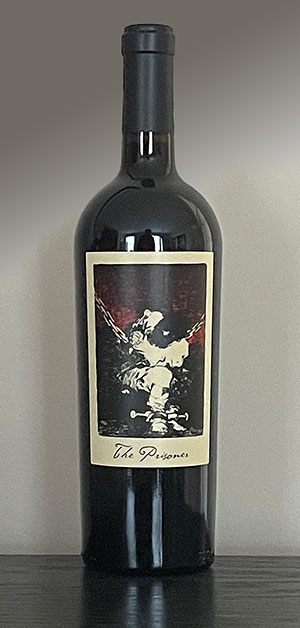
Eight Years in the Desert
Orin Swift Cellars was a relative newcomer on the California wine scene, having been established in 1998, but not by “Orin Swift,” as I had long assumed. Rather, it was by the now iconic, and iconoclastic, winemaker David Phinney. Orin is Phinney’s father’s middle name and Swift is his mother’s maiden name.
Phinney, a native Californian, was born in Gilroy (the “Garlic Capitol of the World”), the son of a botanist and a college professor. However, within a week he was in Los Angeles, where he spent his childhood, and finally an adolescence in Squaw Valley. He enrolled in the Political Science program at the University of Arizona, with an eye towards a law degree, but before long became disillusioned with both. At this juncture, a friend invited him on a trip to Italy, and while in Florence he was introduced to the joys of wine, and soon became obsessed.


